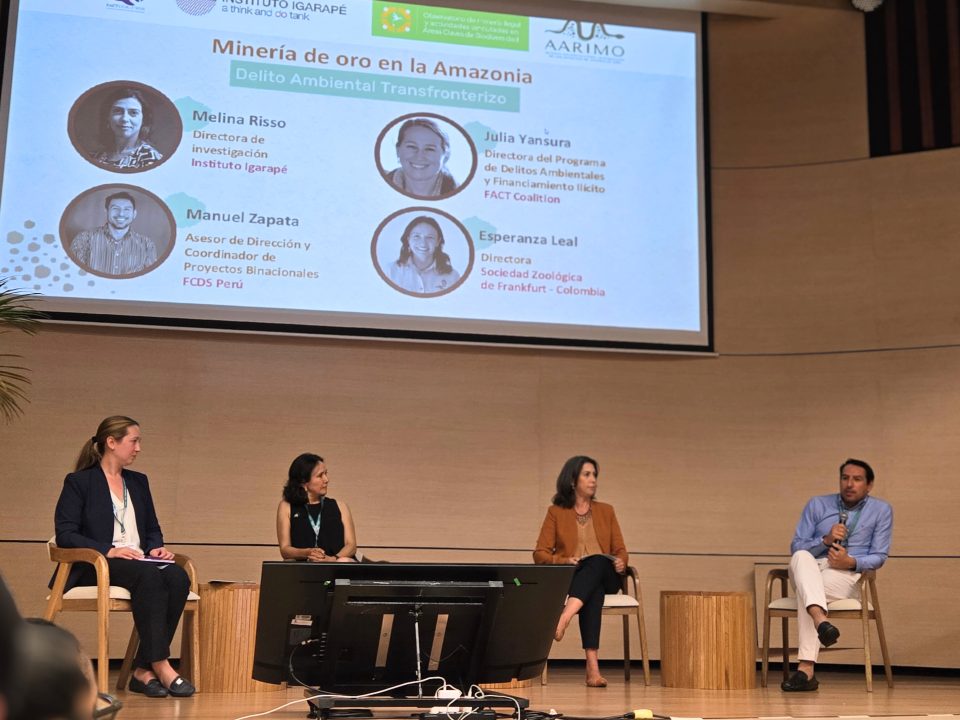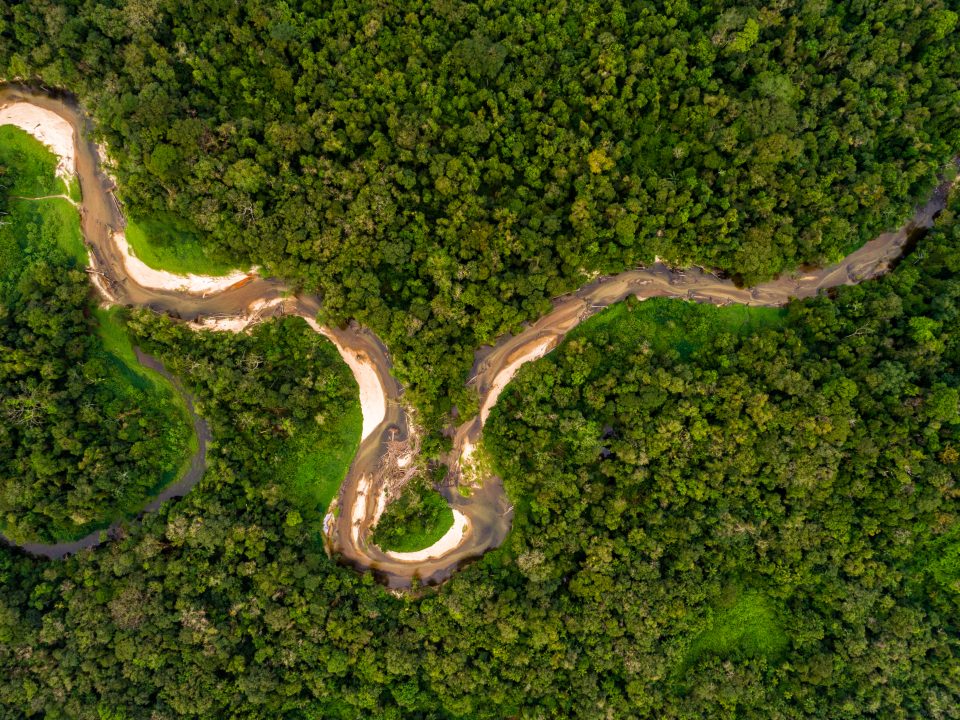By: Martín Arana, FCDS Peru technical specialist.
The demand for raw materials and foodstuffs in the world continues to grow; many of them are produced illegally or informally, or with environmental and social impacts that indicate their unsustainability. Livestock, palm oil, soybeans, timber, coffee and cocoa are on the list of chains that have been prioritized by European Union regulations, which must guarantee due diligence to ensure that their products do not come from deforested areas after 2020. But on the mineral side, as in the case of gold, the record international price (today it is more than 2,200 dollars an ounce) is putting pressure on huge territories in which the price of gold is still high, is putting pressure on huge territories where there is a supply of the mineral, many of them with legal restrictions toMany of them have legal restrictions to this type of use, and others, where there is the possibility of developing it, there is no state presence that would allow an orderly extraction, and with appropriate social and environmental practices.
The discovery of areas with gold, generally alluvial, has resulted in the presence of armed groups that fiercely fight for control of these territories, their populations, the “mines”, as well as the control of the related business income, and even to manage targeted migrations to change the population affected by the triumphant armed group. This is not a purely Colombian phenomenon, since from Madidi in Bolivia, passing through Madre de Dios or Loreto in Peru, or in the upper Rio Negro in Brazil and in the Venezuelan mining arc, this is the constant. It is an economically powerful model that has also co-opted regional, political and military authorities, which have been the border hinge, allowing the movement of machinery, mercury, armed support, human trafficking, and obviously, the precious metal.
Given that there is no serious effort on the part of the countries and companies buying gold -whether national or international-, where neither traceability, certification of origin, legislation on money laundering, relationship with drug trafficking, promotion of slavery and sexual exploitation, have served to generate a framework that stimulates formal production and closes the door to the gigantic supply of illegal production, the result is the ever-increasing environmental, social, economic and political impact of the illegal gold market. Amid smiles, photos and declarations, some of the countries where the gold finally arrives promote one or another project of environmental or social sustainability, restoration, technological improvement or association between small and large miners. But, in the background, there is no control or demand for the traceability of the gold that arrives to countries that play an increasingly crucial role in this phenomenon, as is the case of the United Arab Emirates.
To top it off, the relationship between drug trafficking and illegal gold mining is beginning to appear more and more, given the profitability of investing those monies in the metal, which has a market that legalizes it and trades it easily and quickly. Millions of dollars are invested in gold, where having titles, issued in any country, and the path of commercialization, are the perfect mechanism for all these “high risk” investors.
This week I was able to return to Madre de Dios, Peru, where there is one of the largest manifestations in Latin America and the world of the effect of global demand on raw materials, which, as in this case, goldThey manage to destroy thousands of hectares of forests, indigenous territories, protected areas, soils, water, biodiversity, food sources, pollute the atmosphere, and also destroy entire local populations, whether mestizos or indigenous, who are left in the middle of the furor of the bonanza, which brings alcoholism, child prostitution, human trafficking, contract killings, sexually transmitted diseases, increased tuberculosis, malaria, among others, as evidenced by the climate security report of the United Nations, and many other international and national agencies during the last decade. What has happened there is a perfect example of how, in addition, national policies clash with regional political power, which sees opportunities for growth and development, which must overcome the international pressure of “conservationist tyranny” and the “prehistoric” model of life of indigenous peoples.
How can these territories, where people prefer subhuman working conditions in order to access income that is not possible through legal channels, create conditions for social, economic and environmental transformation that allow for wealth distribution, a healthy environment as a productive engine and legal conditions, where power and authority do not depend on an illegal armed actor? Is it possible to rethink the zoning and land use model? Is it feasible to think of economic compensation mechanisms for local populations in areas of environmental restriction and mining potential? Is it possible to strengthen traceability processes in an integrated manner between gold producing and buying countries (will the OECD scenario work?) and Mercury producers (and what about Minamata?)?
Unless the buyer countries, whether industrialized or merely rich, do not commit themselves to assume economic co-responsibility for the environmental and social liabilities generated by the demand for inputs in Latin America, it will be impossible to change this landscape of local degradation, also protected by the corruption of our countries and disdain for the national peripheries, which are now taking their toll for the historical oblivion in the misnamed projects of nationhood in this part of the world. Gold, coltan, coca, fauna, land, timber, cattle, among many others, nourish their insatiable demand, which does not necessarily help to build the State, in the lands of oblivion.
Photo: Andina.






